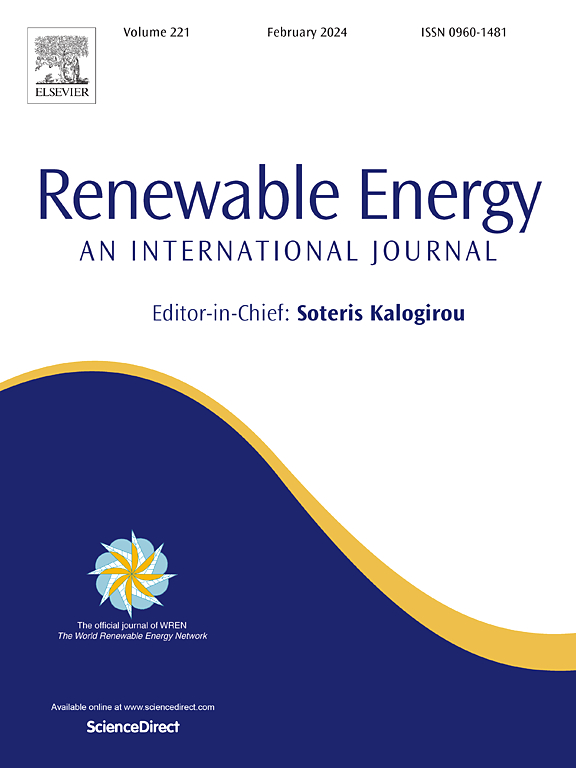Spatiotemporal dynamics and driving factors of the coupling coordination between solar photovoltaic efficiency and installed capacity in China (2015–2023)
IF 9
1区 工程技术
Q1 ENERGY & FUELS
引用次数: 0
Abstract
As the global energy transition accelerates, optimizing the relationship between solar photovoltaic (PV) production inputs and generation efficiency is becoming increasingly crucial. However, existing research often overlooks the spatiotemporal mismatches between these two components. This study uses the SBM-DDF model to assess PV efficiency across 31 Chinese provinces, analyzing its spatiotemporal evolution with the standard deviation ellipse model. The coupling coordination between PV efficiency and installed capacity is explored using an improved coupling coordination degree model. A spatiotemporal geographically weighted regression model identifies key factors influencing this coordination. Our results reveal that, by 2023, PV efficiency exhibited a “V”-shaped pattern, with higher efficiencies in the eastern and western regions, and lower efficiencies in the central area. Installed capacity saw a significant increase in the east, remained stable in the west, and stayed low in the center. The coupling coordination in the northwest was strong before 2017 but weakened thereafter, while the east experienced an improvement. These findings highlight significant spatiotemporal variations in the influence of market demand, resource input, policy environment, and technological capacity on PV efficiency and coordination. This study provides valuable insights for optimizing the spatial distribution of PV resources and improving regional coordination in China's energy transition.
求助全文
约1分钟内获得全文
求助全文
来源期刊

Renewable Energy
工程技术-能源与燃料
CiteScore
18.40
自引率
9.20%
发文量
1955
审稿时长
6.6 months
期刊介绍:
Renewable Energy journal is dedicated to advancing knowledge and disseminating insights on various topics and technologies within renewable energy systems and components. Our mission is to support researchers, engineers, economists, manufacturers, NGOs, associations, and societies in staying updated on new developments in their respective fields and applying alternative energy solutions to current practices.
As an international, multidisciplinary journal in renewable energy engineering and research, we strive to be a premier peer-reviewed platform and a trusted source of original research and reviews in the field of renewable energy. Join us in our endeavor to drive innovation and progress in sustainable energy solutions.
 求助内容:
求助内容: 应助结果提醒方式:
应助结果提醒方式:


